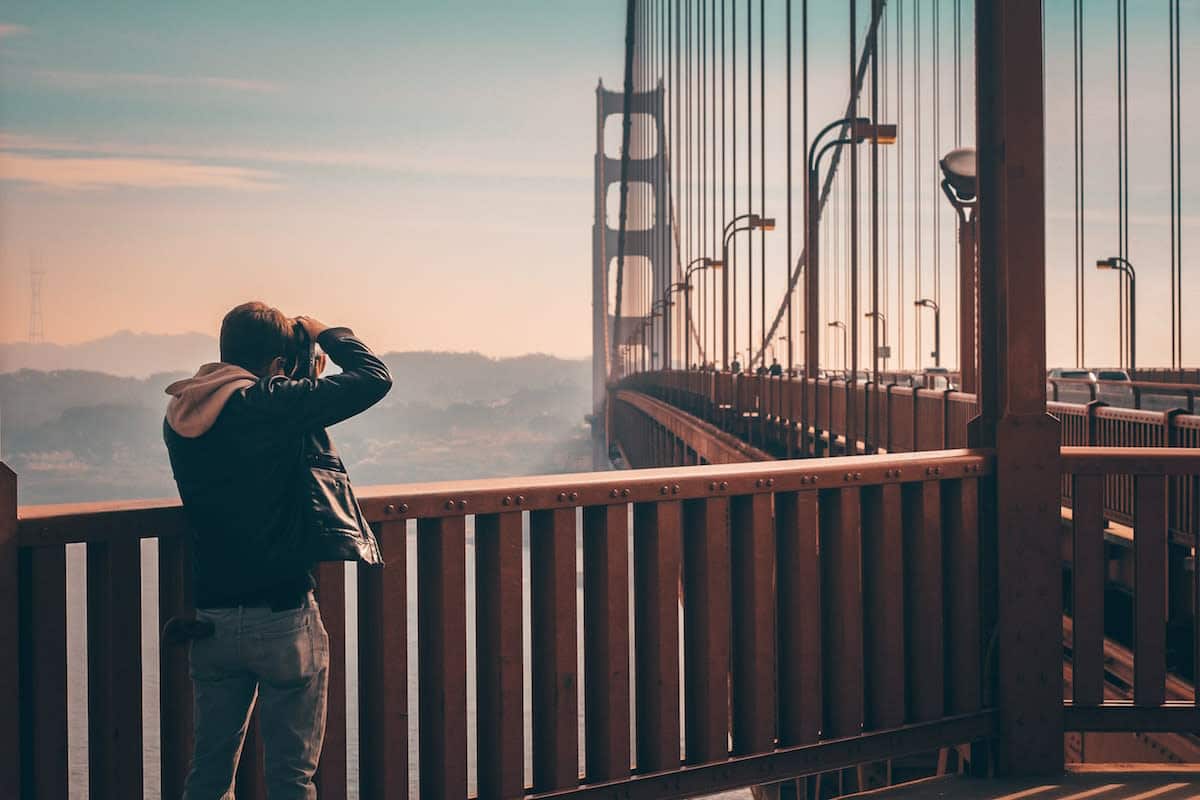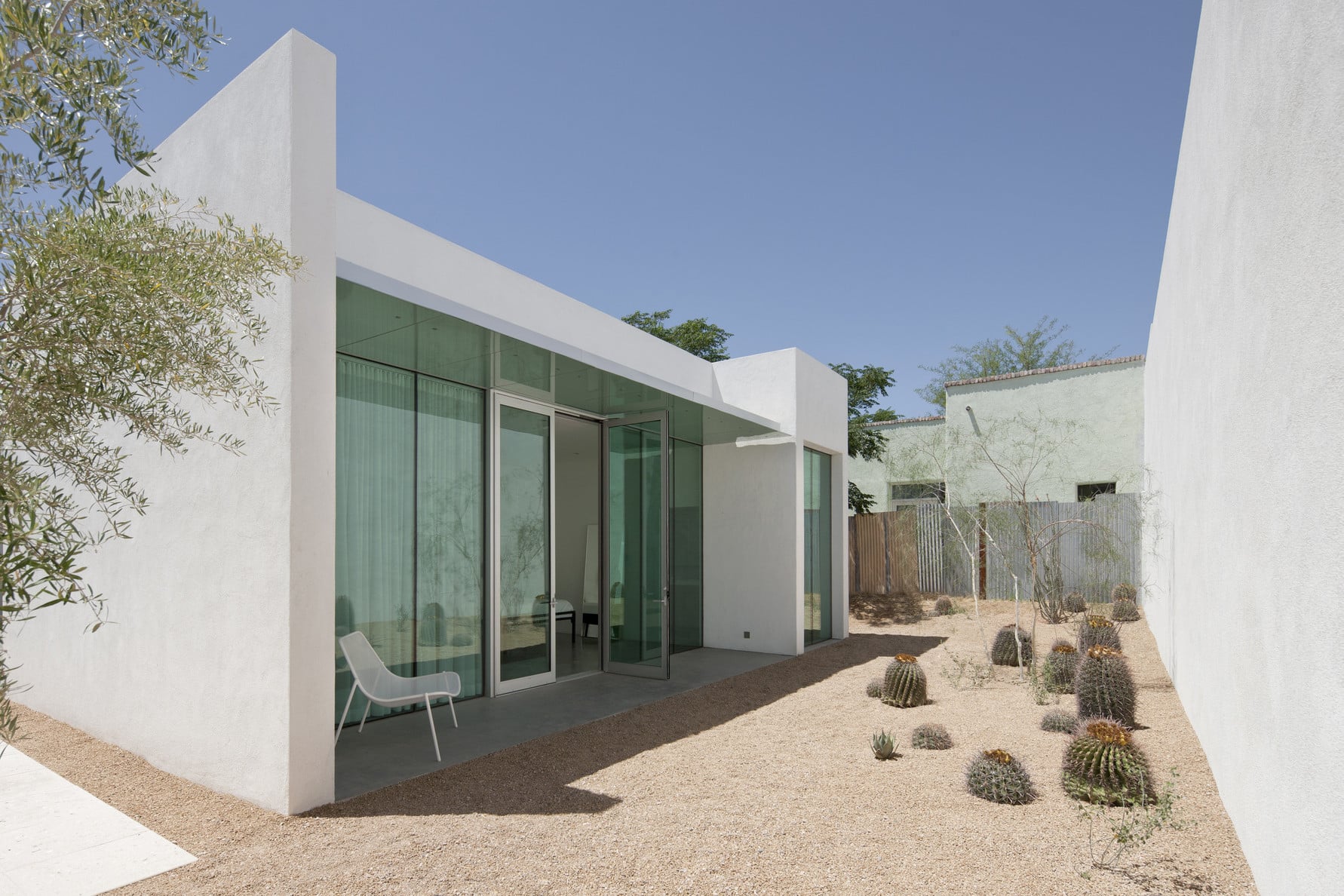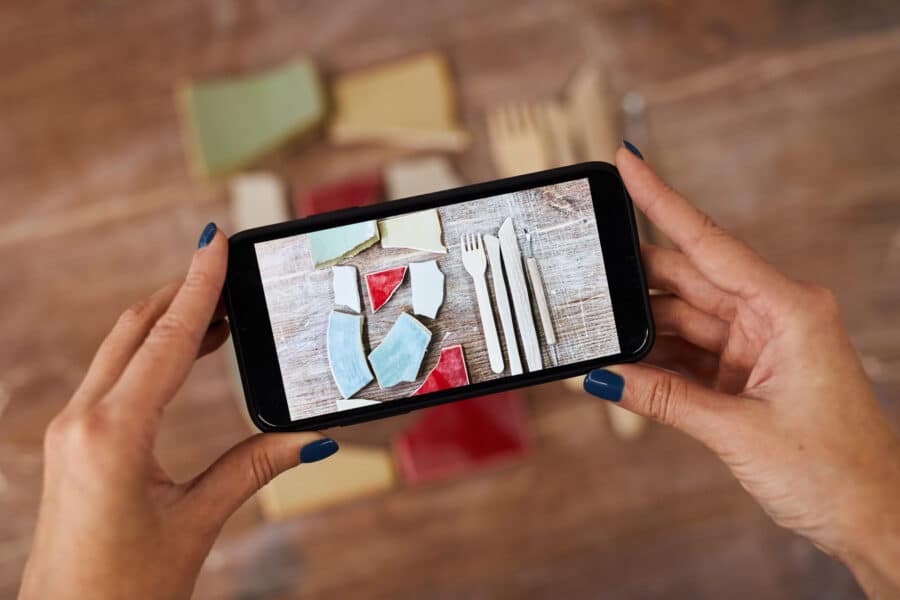One of the most effective ways to land new photography clients is to create an eye-catching online photography portfolio filled with all your best work. But how do you know which format will help you land the most perfect shots? That’s right—it’s time to delve into the shooting RAW versus JPEG debate. We’ll go over the benefits of RAW vs. JPEG so you can choose the best option for you, allowing you to curate your portfolio with amazing shots, every time.
So, RAW or JPEG? Let’s consider the pros and cons of both formats.
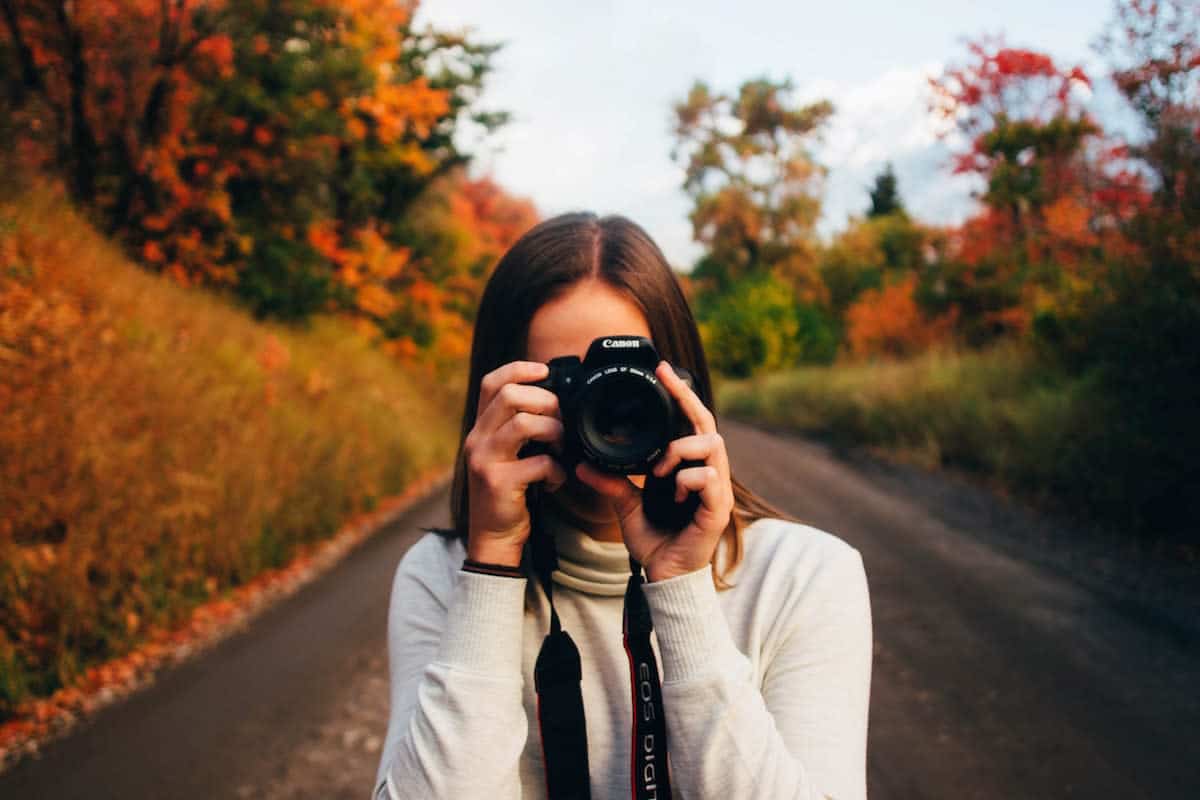
The Benefits of Shooting JPEGs
JPEGs are considered the standard file format in the digital photography world. JPEG mode is the default setting for many digital cameras and is likely what your digital camera was set to when you first took it out of the box. Many new photographers will start by shooting JPEGs instead of RAW to get a better sense of their camera, but this file format can be beneficial for seasoned photographers as well.
A few benefits of shooting JPEG over RAW images include:
Image Processing is Done For You
One of the biggest advantages of shooting JPEGs is that all the processing of the image is completed by your digital camera. In JPEG mode, you find your subject, press “capture,” and your camera does the rest of the work. Settings like white balance, color saturation, sharpening, tone curve, and color space are applied by the camera to create the final image. This means you don’t have to spend any time processing the image yourself once it’s been saved to your memory card.
This benefit can be huge for new photographers who are still figuring out how to white balance, sharpen, and light their subjects. Beginner photographers can shoot tons of different types of photos, from landscapes to wedding shots, and create strong photos, without having to worry about the processing side of things.
The processed nature of JPEGs also gives seasoned photographers the option of taking images more quickly and consistently. If you’re a photographer working year-round on different projects, you may not have the time or energy to process thousands of images. Extra processing time, and large file back-ups, can also end up costing you, and your clients.
Photographers who shoot a lot also usually have a good handle on how to expose an image and use their camera, and won’t need to bother with post-processing their images, making shooting JPEGs ideal.
A Smaller File Size
When you’re debating between RAW vs. JPEG, another thing to consider is file size. JPEGs are stored as compressed files. This means each JPEG has very small file size and won’t eat up all the storage on your memory card. A smaller file size is key if you’re on a long shoot, and don’t want to keep having to swap out your camera’s memory card because it’s filling up too fast. If you are shooting at a busy event or a fast-paced fashion shoot, you may not have time to change your camera’s memory card, so JPEGs would be the way to go.
A smaller file size also gives you the flexibility to take a lot of images at once on one memory card. Buying memory cards can add up, especially if you’ve already spent significant coin on your digital camera, so the smaller JPEGs may be the thriftier option.
Easily Shareable for Quick Posting
Because JPEGs are processed by your digital camera, you can share them instantly on your social media accounts, whether it’s adding a new post to your Instagram or a fresh profile picture to your Facebook business page. JPEGs are also easy to post on your online photography portfolio right away to boost your site and help you land clients. The small file size of JPEGs means a short upload time, so you can publish your photos online in mere minutes. (If you’re often updating your portfolio on the go, make sure to go with a website builder that has mobile app functionality.)
If you are planning to print your photos and are wondering “RAW or JPEG?”, know that shooting JPEGs means you can easily print them off and frame them or mail them out to friends as gifts. Sharing, posting, and printing your photos is much quicker if you shoot JPEGs.
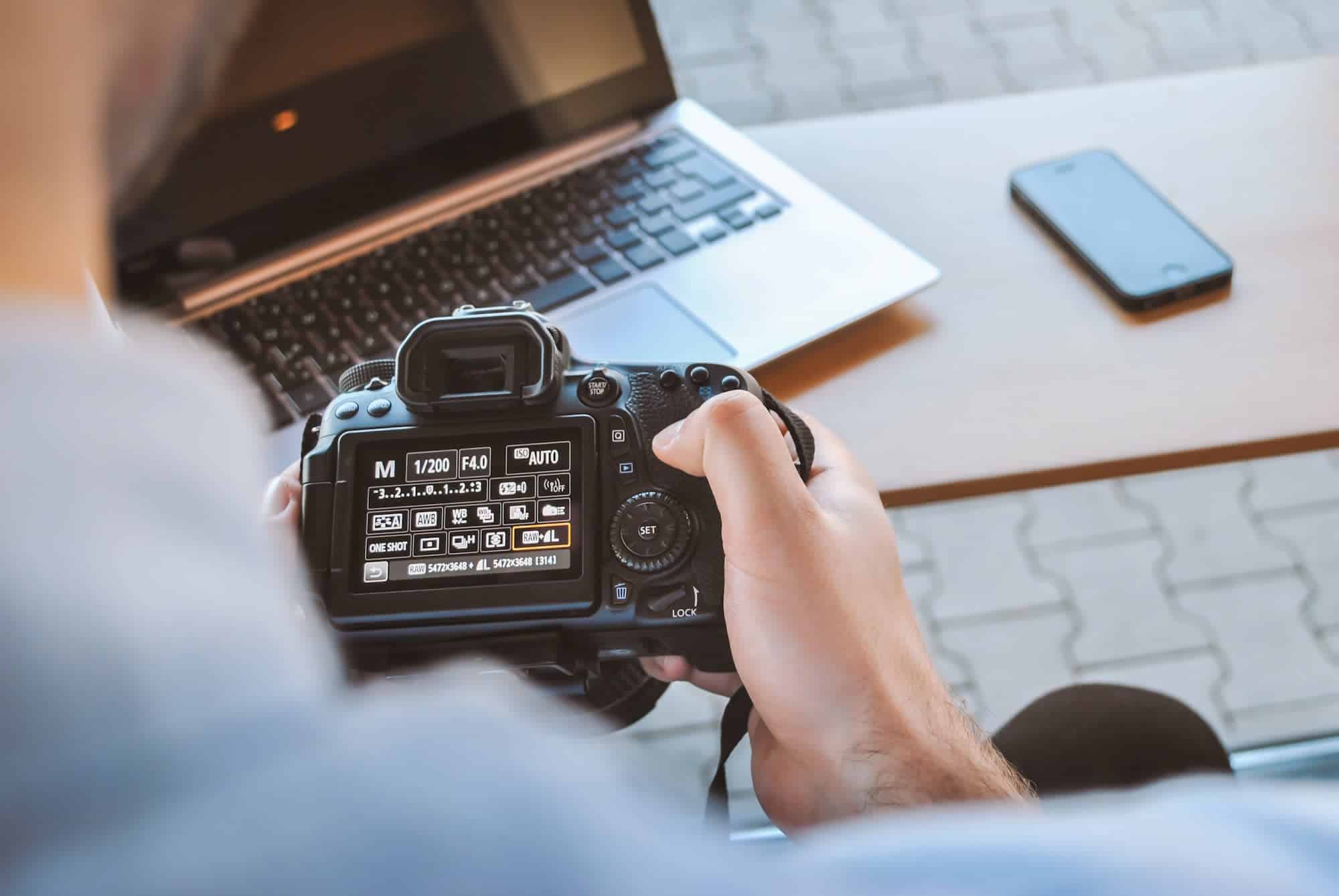
The Drawbacks of Shooting JPEGs
While JPEGs can be beneficial to new and seasoned photographers, they do have a few drawbacks, including:
Loss of Detail
When your camera compresses an image into a JPEG, the image ends up with less detail. JPEGs can have a lossy quality, meaning the image may appear grainy, flat, or pixelated. The loss of detail tends to be more obvious if you are shooting a highly detailed image or a close-up.
Some photographers find the loss of detail in JPEGs off-putting, especially as, once an image is formatted as a JPEG, it cannot be edited or re-processed to have a more detailed quality.
Less Color Options
When it comes to RAW vs. JPEG, there are also color considerations. JPEGs are 8-bit, which means they have a limited range of colors and tones. Your camera can capture trillions of possible colors, but when it converts an image into a JPEG, a majority of these colors are discarded and will not appear in the final image. So, for example, a colorful landscape may end up looking much less bold when you shoot in JPEG.
Lower Dynamic Range
In photography, dynamic range is the difference between the lightest and darkest tones in an image. When you shoot JPEGs, the image will have a lower dynamic range, meaning there may be areas that have a high level of light tones (overexposed) or a high level of dark tones (underexposed). There may also be shadows in certain spots that are obscuring the image, making it difficult to see.
Again, because you cannot re-process JPEGs, you cannot address issues like overexposure or underexposure in the final image if they show up.
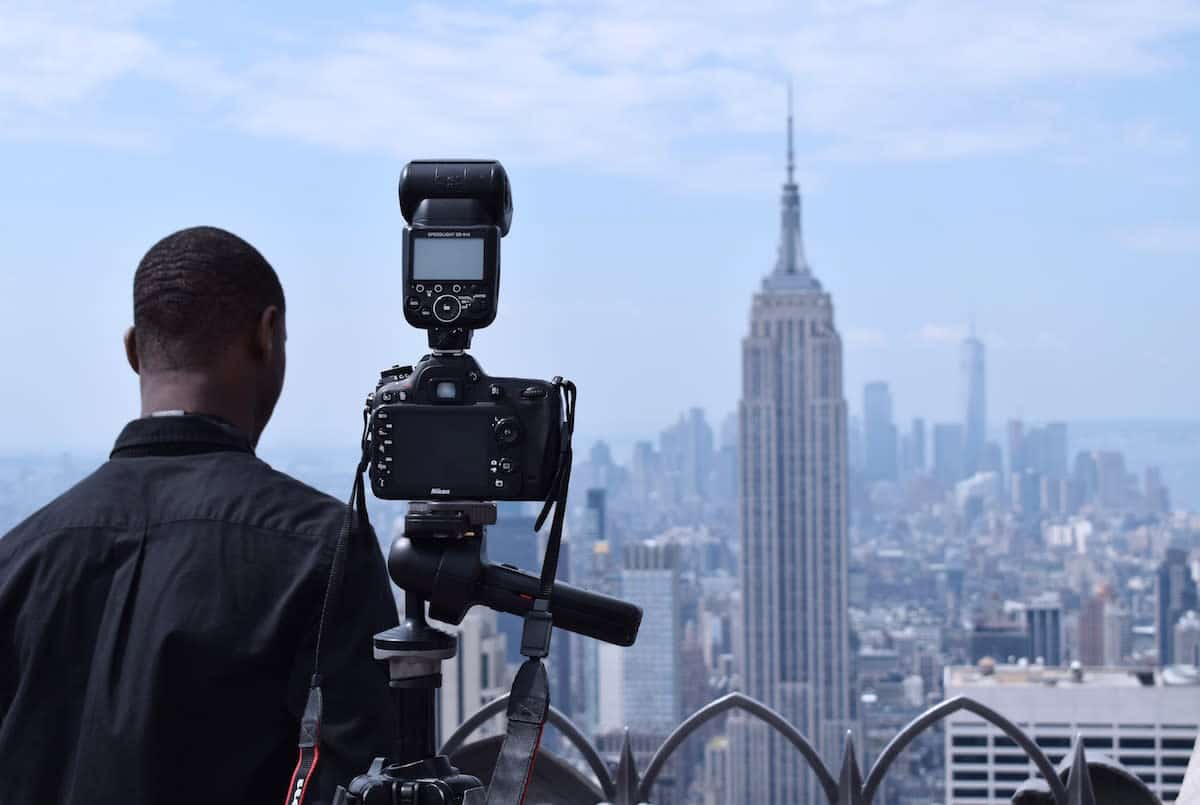
The Advantages of Shooting RAW
Now, let’s look at the other side of the RAW vs JPEG debate: RAW files. Unlike a JPEG file, RAW format is uncompressed and is not an image file, per se. In fact, RAW files are a collection of data from your camera’s sensor that are saved on your camera. Software like Adobe Photoshop or Adobe Lightroom allow you to view the data as images and edit the RAW files.
Though the standard format on digital cameras is a JPEG file, most professional photographers prefer to shoot in RAW. There are several advantages to shooting RAW images over JPEG, including:
High-Quality Image Files
Perhaps the biggest benefit to shooting RAW format is that your camera is capturing absolutely all the data it receives from the camera’s sensor. This means that no details from the image are removed or discarded (which is often what happens with JPEGs). With the RAW format, your camera is collecting everything it can see and storing it for you so you can process these details yourself. This means you have high-quality image files to work with during processing, and can create the best image possible.
Increased Brightness
Here’s the brightness breakdown of a RAW image vs JPEG: a JPEG file records 256 levels of brightness, while a RAW file records a whopping 4,096 to 16,384 levels of brightness. Having a higher brightness level will make the tones in your images appear smoother. It will also make it easier for you to adjust the brightness of the image during processing, giving you more tones to play when you edit the image. You can also adjust and tweak the image without affecting its quality.
Images with high bright levels also prevent posterization from cropping up. Posterization occurs when a long band of color appears in your images, obscuring the image. This often happens when you are shooting a bright sky or against a bright backdrop, and can reduce the quality of the image.
More Colors in Your Images
The RAW format contains a lot more colors than JPEG files: 68 billion more colors, to be exact! A 12-bit RAW image contains thousands of shades of red, green, and blue, while a 14-bit RAW file contains trillions of possible colours. Shooting RAW ensures you are capturing as many colors in an image as possible, creating photos with a higher color range and color depth.
This is why a brightly colored landscape or a vibrant fashion scene with a range of shades and tones will likely turn out better if you shoot in RAW vs. JPEG.
Higher Dynamic Range
Worried about overexposed or underexposed images? RAW photography is very forgiving if you end up having to correct the light in an image. These files have a very high dynamic range, so they can capture a lot of lights and shadows. Having all of this data in the image will make it easier for you adjust over or underexposed images during editing.
Shooting in RAW vs. JPEG may make sense if you tend to overexpose or underexpose an image. It may also come in handy if you are shooting in an environment where you can’t always control how much or how little light is in the image.
Process and Edit Files to Your Standards
The most powerful way you can use the RAW format is after you’re done shooting, during the editing process. If you’re trying to choose between shooting RAW vs. JPEG, remember that RAW files were designed to be processed to suit the tastes of the photographer. This capability gives you immense freedom to adjust images as you see fit, especially if they didn’t turn out exactly as you hoped.
Though the ease of a processed JPEG is nice, your brain is (often) more sophisticated than your camera and working in the RAW format gives you full artistic control. Settings like white balance, exposure, and brightness can all be changed in post with a few clicks of your mouse in a program like Photoshop or Lightroom. If you accidentally use the wrong setting for an image, change it in Photoshop by adjusting the RAW file, and no one (or client) has to be the wiser.
You can also use sharpening tools in Photoshop or Lightroom that are more powerful than the tools in your camera. An image that was shot too soft or has too much noise is easily sharpened up with these tools, resulting in photos that look truly awesome shared in your photography website.
Nervous about editing RAW files? The beauty of editing RAW files is that it is non-destructive. When you open a RAW image (vs. JPEG) in a program like Photoshop or Lightroom, you’ll edit it and save it as a TIFF or JPEG. This way, you can always access the RAW file, or raw data, at any time, then re-edit or adjust as needed, without losing the high quality of the file. This makes the editing process less stressful, and gives you the option of editing the same RAW file differently, depending on your intent and the needs of your client.
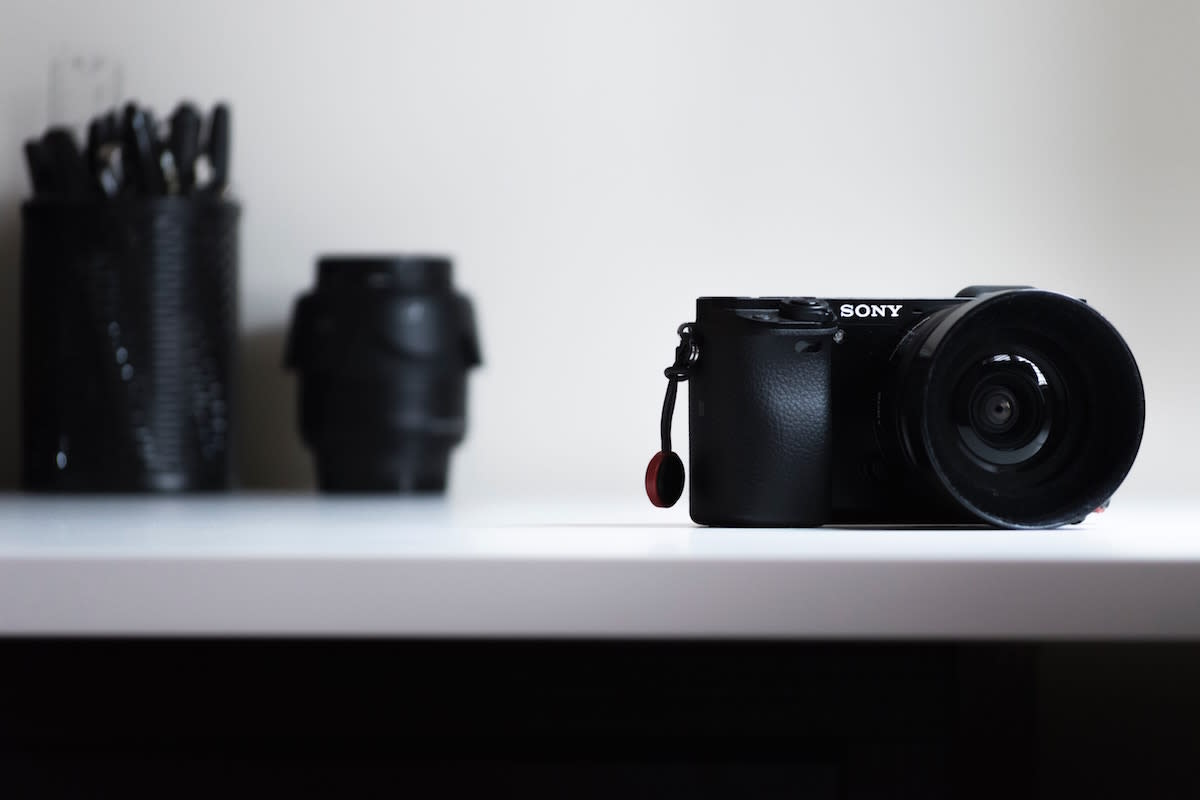
The Limits of the RAW Format
Like JPEGs, RAW files do have a few limitations. Before you opt for shooting RAW instead of JPEG, it’s worth considering a few drawbacks of this format.
A Larger File Size
Collecting all the data your camera can see takes up a significant amount of space. Because RAW files are not compressed, they take up more memory on your camera. This means your camera buffer will fill up much faster when you shoot RAW, which can cause the camera’s frame rate to drop and limit how many images you can fit on one memory card. Having to swap out your memory card during a busy event or hectic shoot can be annoying, and you will need to think ahead by packing extra memory so it’s on hand.
Shooting in RAW also requires more storage on your computer, with larger harddrives and better computer specs, as processing RAW files can be more resource intensive on your computer. This may be costly for some photographers, as computer storage, graphic and RAM updates can add up.
Image Processing is Required
RAW vs. JPEG-wise, RAW files give you more freedom to adjust and edit images. But processing an image yourself does take a significant amount of time, especially if you are working image by image and are new to photo editing. Shooting RAW vs. JPEG means you will have to set aside time after a project to upload the images to editing software and tweak them so they look their best.
Image processing can be especially stressful if you are working up against a tight deadline for a client. If you do go with the RAW format for big projects, it could be helpful to create a workflow using Google Apps or other organizing programs that makes it easier for you to process all of your photographs on time. Some photographers are turned off by the time-consuming nature of processing RAW files into beautiful, finished images. (Although the more you edit your own images, the faster your process becomes!)
Software Compatibility is a Must
Unlike JPEGs, RAW files are not designed to work across different manufacturers. So, if you have a Canon digital camera, and Canon RAW files, you cannot use Nikon software to open it. Always check that the software you are using to open and edit RAW files is designed by the same manufacturer as your digital camera, i.e., Canon software for Canon RAW files. If you have a newer digital camera, you may need to wait a bit for software companies to update their software so you can open RAW files using their platform.
However, Adobe has recently developed an open-source RAW format called DNG (Digital Negative). You can use Lightroom to convert RAW files into open-source DNG files. It’s an extra step, sure, but it will ensure your files are readable and you can access them as needed.
Many camera manufacturers are starting to offer an option to shoot in DNG format, and soon this open-source format will likely be the go-to for all manufacturers moving forward, making it that much easier for you to access your RAW files.
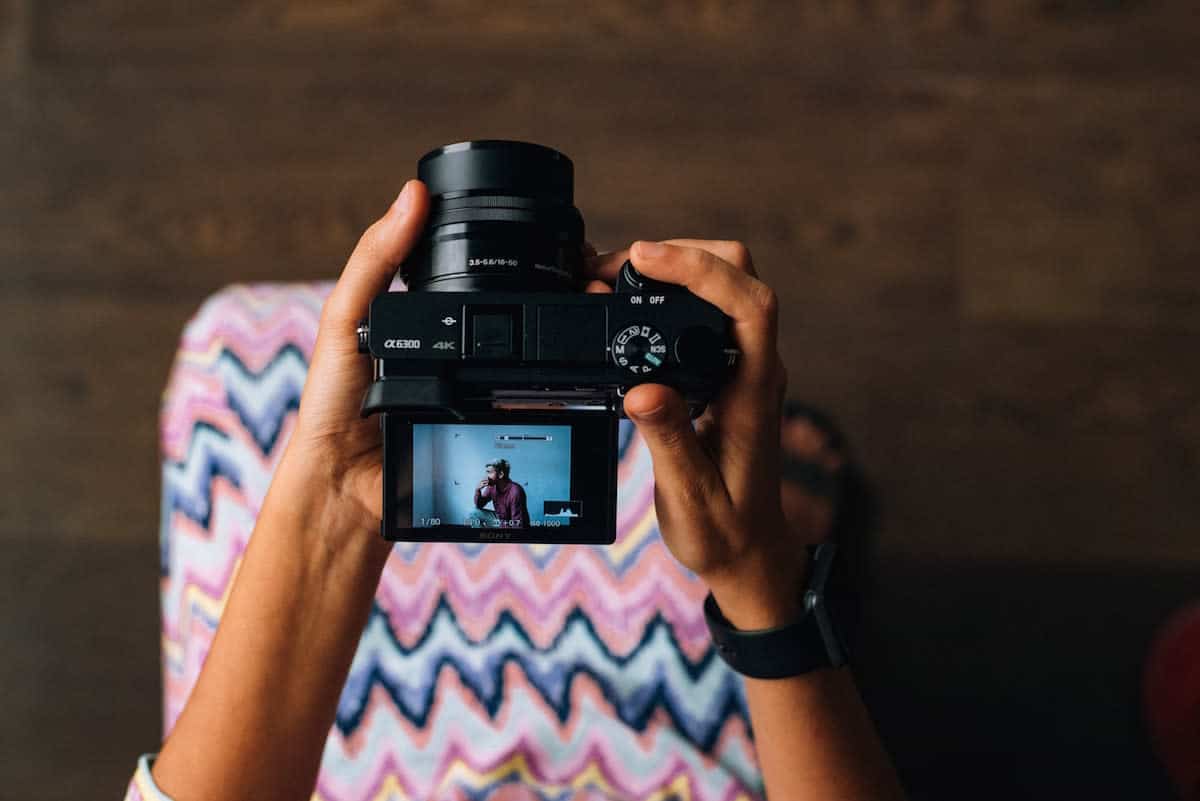
RAW vs. JPEG: So, Which One is Better For You?
RAW or JPEG. Two options. Two sets of pros and cons. Let’s do a final quick review of the benefits (and annoyances) of shooting RAW vs. JPEG:
Pick JPEG for Quick and Easy Shots
JPEGs are your BFF if you are taking photos casually or on the fly (say, at a family gathering or a party with friends). JPEGs give you the flexibility to take a lot of images quickly and share them right away, no extra processing time required.
JPEGs are also your go-to if you need a quick profile picture for social media or want to capture a special moment for the ‘gram. You may even opt for JPEGs if you are shooting a ton of images in a fast-paced environment like a sports game or a fashion show, and you feel confident enough to know your exposure, letting your camera do the rest of the work for you.
Go RAW for Detailed, Stylized Shots
The RAW format is ideal if you are shooting with the intent of editing the images later. Shots where you are trying to capture a lot of detail or color, and images where you want to tweak light and shadow, should be shot in RAW. Go for RAW if you are shooting photos for your photography portfolio that you want to spend a lot of time on, adjusting the white balance, color, and tone until they are just right. RAW may also be ideal for high-fashion, commercial, and creative work where you want the images to have a uniform vision or style that pops with the help of tools in Photoshop or Lightroom.
Match Your Format with Your Needs
As a photographer, you need a format that will work with your overall goal as a creator. Focus on how you plan to use your shots and choose a format that fits your needs. This may mean you use RAW and JPEG file formats, depending on what you are shooting and how you’d like your images to look. Dip into either format as needed and shoot smart so you end up with great shots, every time. For inspiration and guidance, check out the online photography portfolios of your favorite photographers to see how they shoot and format their work, from travel and film to food and black and white.
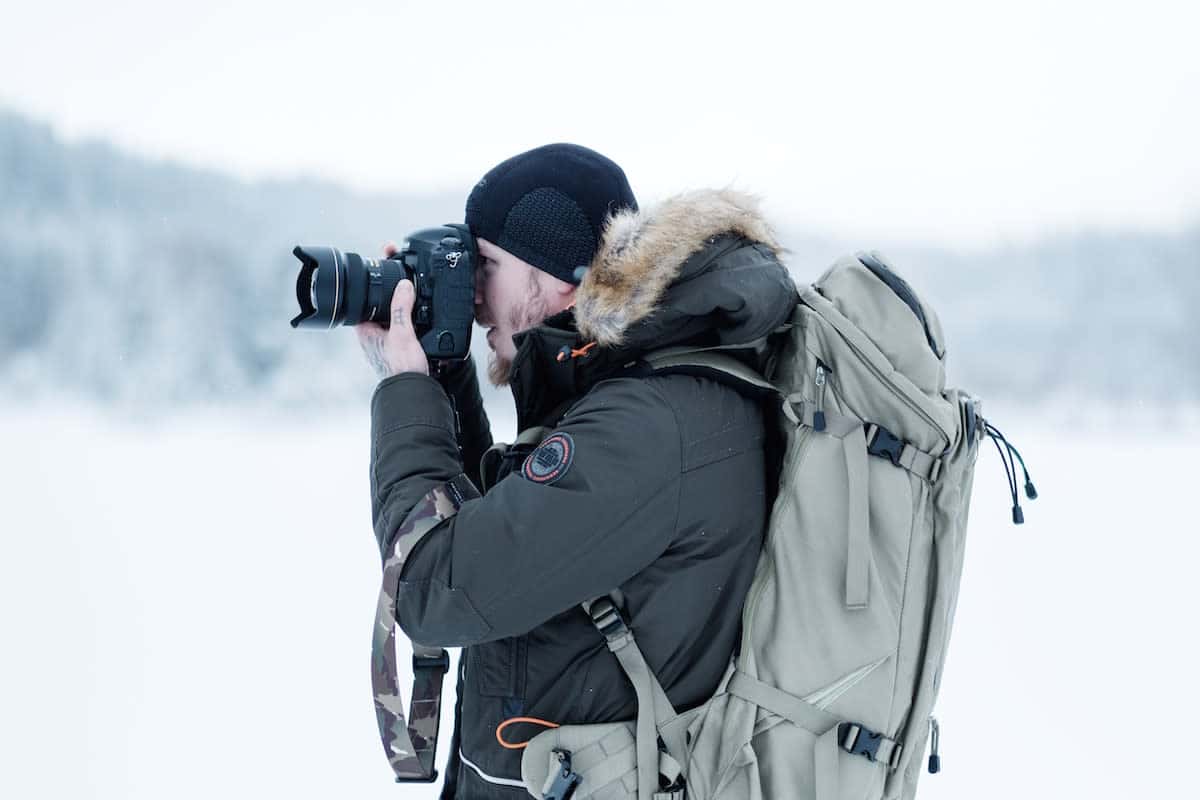
Don’t Forget to Add Those Shots to Your Portfolio!
Regardless of whether you go for RAW or JPEG, make sure to upload your best RAW and JPEG shots into your online photography portfolio. Don’t have one yet? Building an online portfolio website is easy with the right website builder. Look for an online portfolio with fresh, modern templates, to show off your amazing shots, and a built-in online store, in case you want to sell prints. A good website builder will make it easy for you to adjust features on your site with just a few clicks, no coding required, so you can upload beautiful images in RAW or JPEG in a matter of minutes.
Shooting in the right format that fits your workflow and budget will make your online photography portfolio that much stronger—get ready to impress clients with killer images!
Want more photography tips?
Everything You Need To Know About Smoke Bomb Photography
How To Use Leading Lines In Your Photography
47 Unique Maternity Photoshoot Ideas
